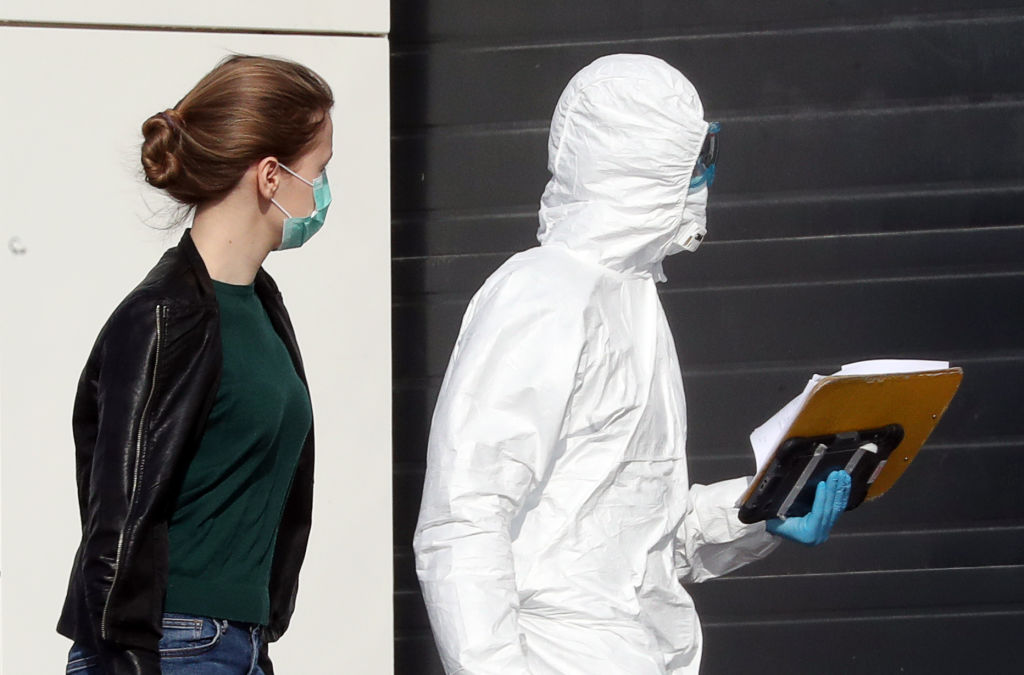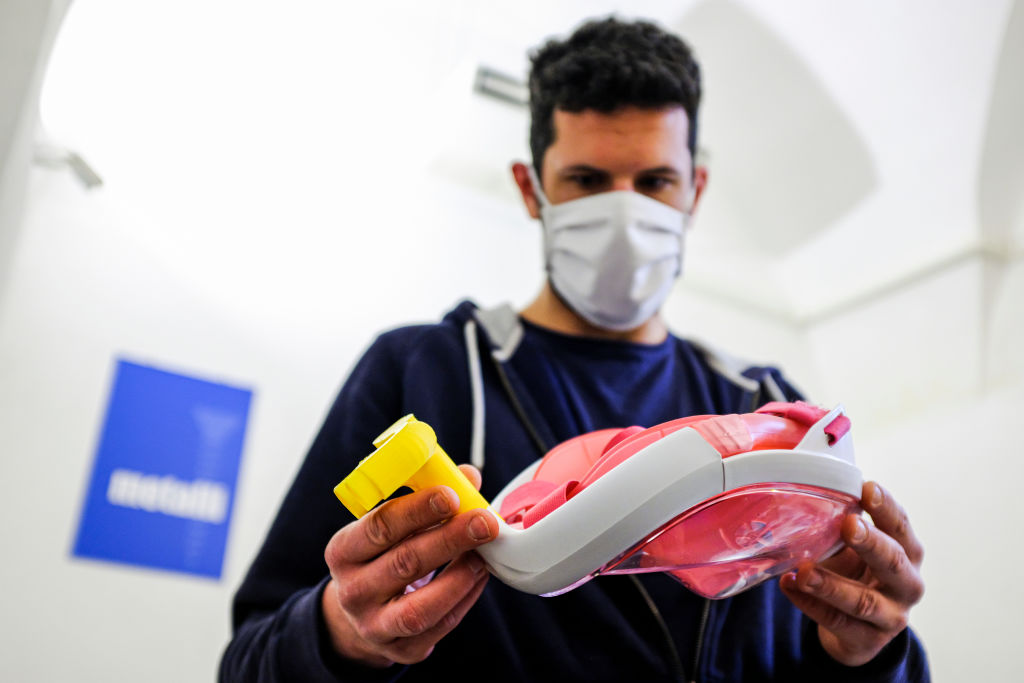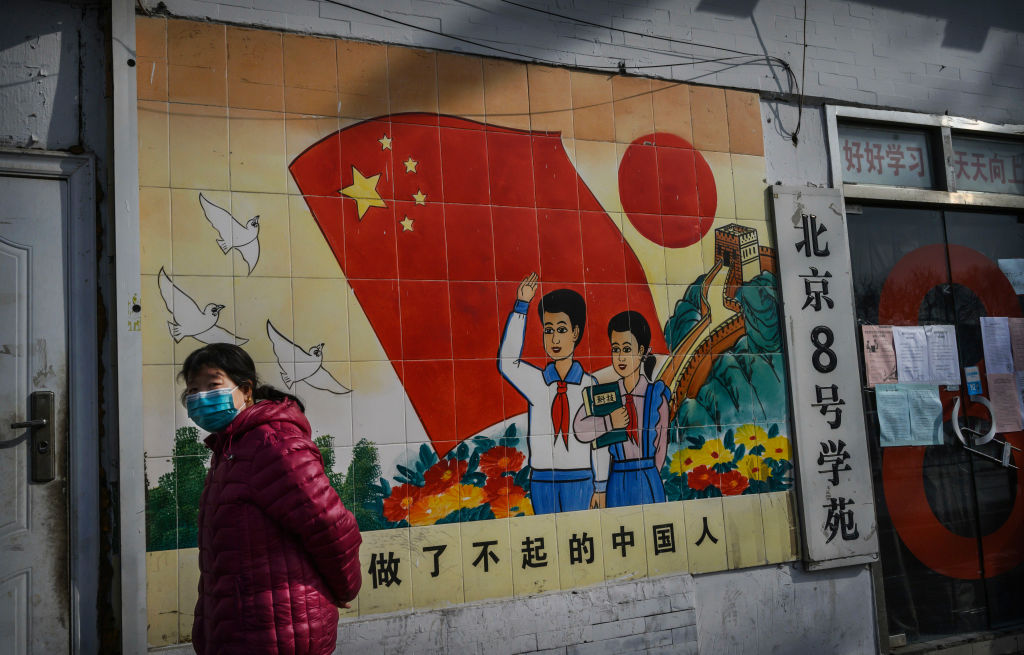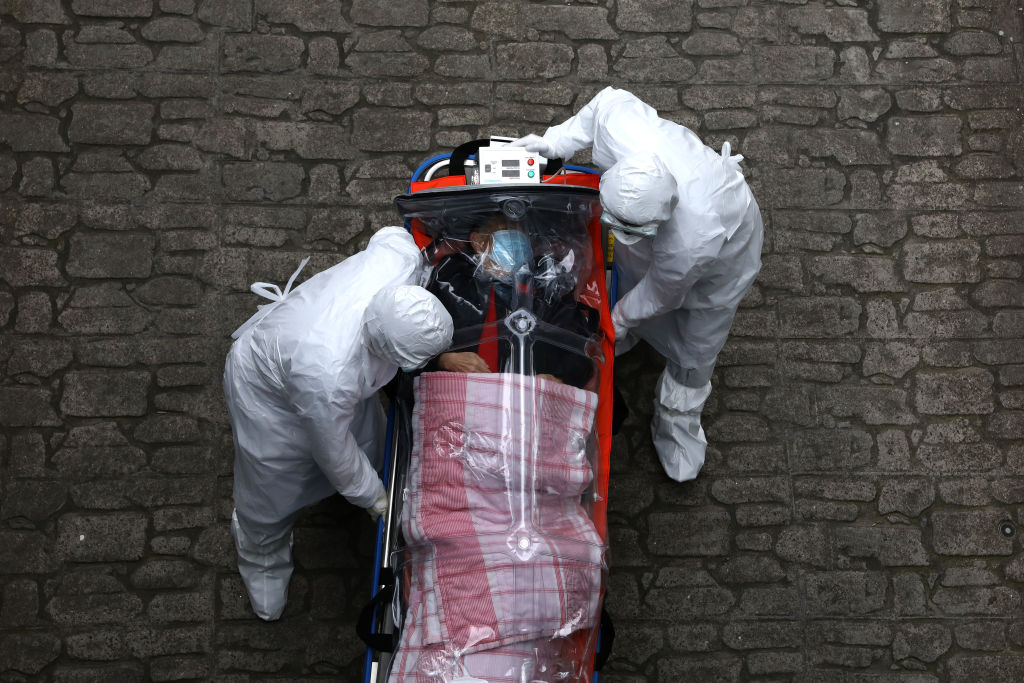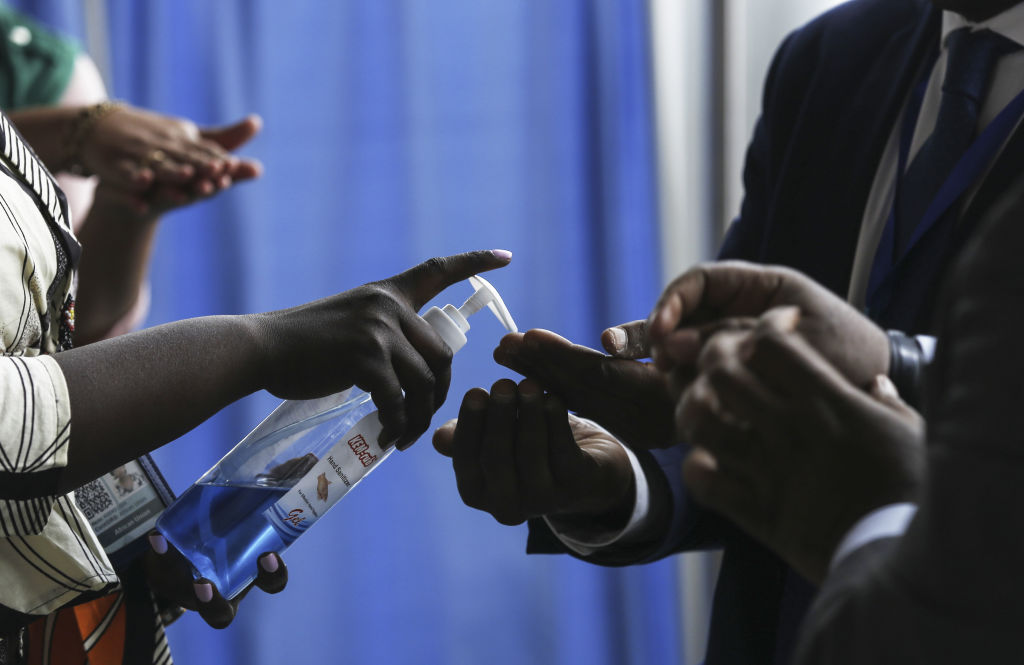Making our own luck in the face of a pandemic

In their prophetic 2018 book, The end of epidemics, authors Jonathan Quick and Bronwyn Fryer warned that ‘a severe worldwide pandemic could cost the global economy up to [US]$2.5 trillion.’ They also warned of the need to constantly maintain a high level of readiness for pandemics.
Australia, like many countries, failed to heed such warnings. Critical pandemic readiness policies were overexposed to short-sighted budget cuts underpinned by the dogged pursuit of efficiency. The long-term development of critical infrastructure was left to the whims of market forces. Nation-building efforts were underpinned by a user-pays model.
Covid-19 has already shown that market forces don’t promote adequate national resilience in myriad areas, from broadband bandwidth to the capacity to produce basic medical supplies, and that far too much of our preparation for pandemics, along with national resilience, was predicated on good luck.
Experience suggests that Australians will begin their search for the crisis’s heroes and villains well before we beat the Covid-19 virus. Inevitably, there’ll be several years of reviews and commissions of inquiry, involving all manner of finger-pointing and blaming. In that maelstrom, many valuable strategic lessons, especially about national resilience, will be obfuscated by the drama of the day: it’s easier to attribute fault than to learn. Therefore, it’s critical to encourage immediate public discourse on the issue.
One powerful lesson from the first few weeks of the pandemic is that our national resilience can’t be left to chance. Yet, Australia’s Covid-19 success during the first two weeks of February 2020 was underpinned by dumb luck.
By late January, it was clear to the Australian government that the outbreak in the Chinese megacity of Wuhan was a serious problem. At the time, some 600 Australians were in or near Wuhan, and many of them wanted assistance with their evacuation back to Australia.
By the first week of February, the government was seeking to repatriate Australians from Wuhan and quarantine them to prevent a further outbreak of Covid-19 in Australia.
The government needed a remote location where the evacuees could be socially isolated from each other and safely quarantined from the broader Australian community for 14 days. This was where Australia had its first stroke of good luck.
In February, in response to concern over the possibility of a sudden wave of asylum seekers because of changes to refugee medical transfer laws, the Morrison government re-established the Christmas Island detention centre. The centre, with only four detainees, has cost Australian taxpayers around $27 million to maintain. It was there, it was all but empty, and it was isolated from the local community and the Australian mainland. The availability of the centre had more to do with Australian politics than deliberate preparedness planning.
Further evacuations from Wuhan a week later required the use of a second quarantine site. And Australia’s run of good fortune held.
In 2012, Japanese oil and gas company Inpex began work on its Ichthys LNG project in Darwin. The project is a joint venture between Inpex group companies (the operator), major partner TOTAL and the Australian subsidiaries of Tokyo Gas, Osaka Gas, Chubu Electric Power and Toho Gas.
In 2014, after spending almost $600 million, Inpex opened its accommodation village at Howard Springs near Darwin for its construction workforce. The 67-hectare village, capable of accommodating 3,500 workers, included a 50-seat cinema, a swimming pool, an outdoor beach volleyball court, a cardio and spin room, a gym, a music room, basketball and tennis courts, and cricket nets. It also had a 24/7 medical centre.
When the construction phase of the Ichthys project was completed, the village was no longer needed. Inpex faced a $30 million remediation bill for the site. But, in another stroke of luck for the Australian government, Inpex sold the village to the Northern Territory government for $1. Over the last 12 months, the NT government spent $8 million maintaining the site.
Since the Bali bombings in 2002, Darwin has served as a triage centre for Australians evacuated from Southeast Asia. The Australian Medical Assistance Teams, which are responsible for enhancing Australia’s capacity to provide clinical and academic leadership in disaster and trauma care, operate from Darwin. Despite these facts, there was little federal government interest in using or assisting in maintaining the site, which would eventually become critical to Australia’s Wuhan evacuations.
Until now, Australian long-term funding of national resilience and responsiveness often seemed economically inefficient. Little surprise, then, that policymakers regularly looked to the market to provide such resilience, especially in critical infrastructure investments. However, the creation of spare capacity is often not a commercially viable prospect. Arguably, the NT government’s decision to maintain the Howard Springs site, without a clear customer, was a high-risk one.
The Covid-19 pandemic has made it increasingly clear that Australia’s current model for nation-building infrastructure investment is far too narrowly focused. The notion that such investments should be funded mainly by those who directly benefit from them is inhibiting the country’s resilience. This is even more obvious in Australia’s north, where Defence so often wears the cost of developing infrastructure that ought to be funded as part of a wider national security program.
While much will need to be done to address this policy challenge, it seems that national security, in a holistic sense, needs far greater policy consideration if we’re to stop relying on dumb luck. As a starting point, Prime Minister Scott Morrison’s government needs to consider appointing a senior secretary-level national security adviser. That adviser would need to help ensure that Australia’s Covid-19 recovery efforts have a strong strategy focus on achieving greater national resilience and security across the breadth of the country’s nation-building efforts.


